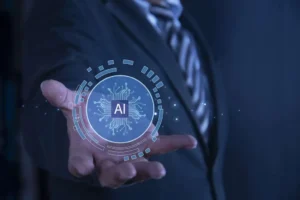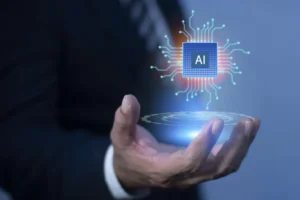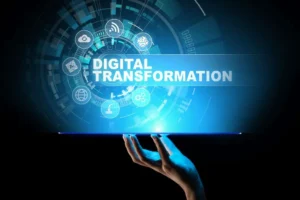Everything You Should Know about Spatial Computing
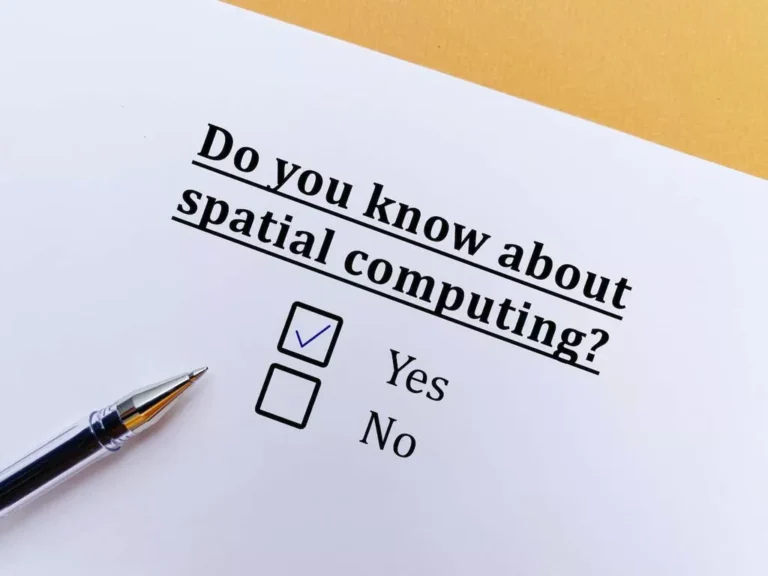
Spatial computing is no longer just a futuristic idea from the future. This advanced approach changes the technology of communications, work, and interaction between businesses and their target audiences. According to forecasts, the global industry market will achieve $280.5 billion by 2028, so firms that plan to develop it need to study the system in detail today. Are you considering utilizing spatial computing but don’t know how? Please read our blog post to learn about the features and benefits of such an approach in different sectors.
Definition of Spatial Computing and Its Profits
Spatial computing (also called immersive technology) is a system that utilizes physical landscapes as an area for practical cooperation with digital data. While virtual experiences were previously limited to two-dimensional monitors, recent advances in technology that shape spatial computing, including artificial intelligence (AI), computer vision, the Internet of Things (IoT), virtual reality (VR), and augmented reality (AR), have been considerable.
Computing developments have allowed specialists to combine online details with physical space. In addition, the approach creates a more complete immersion in virtual reality with cooperation that replicates the traditional experience.
This approach has many advantages:
- Real-time cooperation: Change how specialists cooperate with machines and the surroundings in person and remotely.
- Cost reduction: Increase the number of problems you may solve on the first attempt and equipment efficiency without involving experts.
- Maximum sustainability: Solve product problems remotely with an immersive metaverse to decrease truck rolls and on-site travel.
The phrase «spatial computing» was introduced by Simon Greenwold in the early 2000s. Still, it was made famous by Apple, which utilizes the expression to characterize its Vision Pro mixed reality headset.

We are confident that we have what it takes to help you get your platform from the idea throughout design and development phases, all the way to successful deployment in a production environment!
Main Aspects of Spatial Computing Activity
You may utilize dedicated headsets to experience how spatial computing flawlessly combines online details and ordinary landscapes. They demonstrate the physical environment and add elements to the surroundings to make them appear three-dimensional. So, you may add virtual furniture to your kitchen to evaluate it before purchasing.
Such gadgets rely on multiple algorithms to mix the online and physical worlds. Computer vision analyzes information from filming equipment and sensors that record data about what is happening around them, including the position, orientation, and acts of components. Structures utilize spatial mapping to form 3D models of the environment.
Spatial computing gadgets have properties that allow you to cooperate with online elements. Eye-tracking technology tracks your gaze, and handheld controllers and motion sensors let you track online components. Some models also have speech recognition functions to respond to voice commands. It is relevant in production, where it is problematic to apply gestures or controllers.
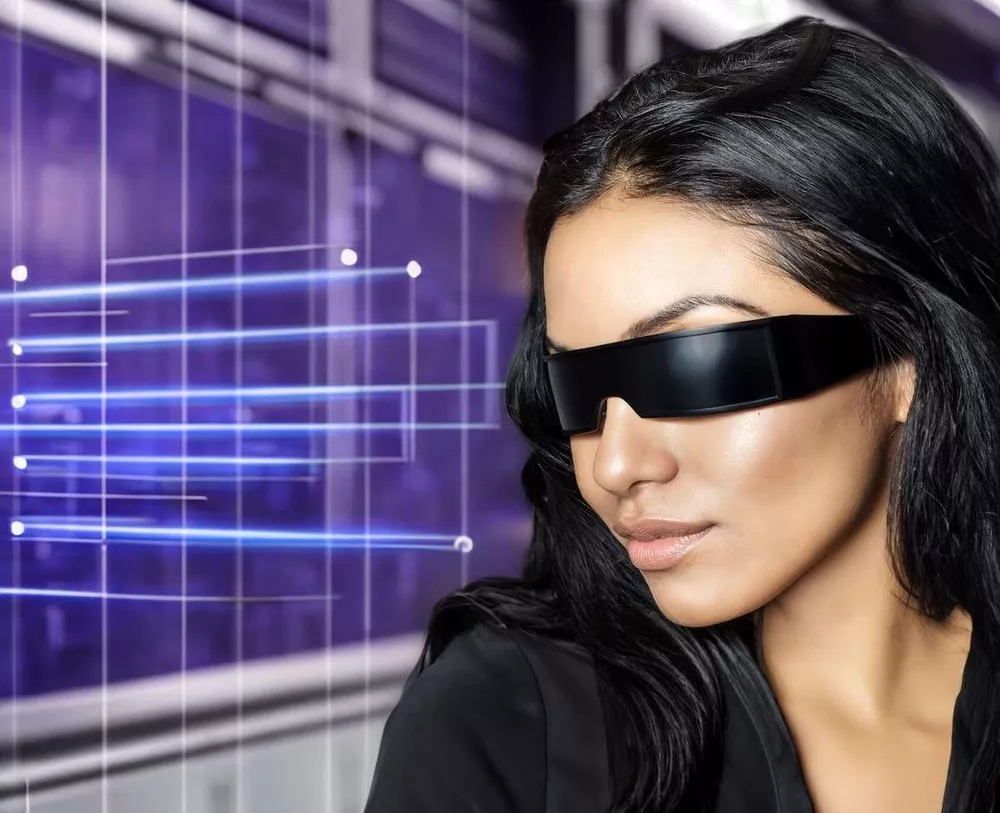
Primary Distinctions between XR, VR, AR and MR
Spatial computing relies on the dynamic interaction of extended reality (XR) and IoT structures to compose immersive practices, closing the gap between the tangible and the intangible. XR is a multipurpose title for techniques that change reality in an online format. It includes VR, AR and mixed reality (MR).
- VR: This framework creates simulated spaces to provide a unique practice. It makes entire 3D spaces or online content elements overlaid on the physical world. Most VR headsets have a monitor and several lenses through which the eyes can look. While such headsets can show the physical world in front of the person, it is typically recreated by cameras at the front of the gadget, since the headset’s screens may completely obscure the person’s view.
- AR: This approach provides an interactive practice by overlaying digital content on the physical world, including pictures and text. AR or smart glasses do not restrict the user’s view. This approach is popular in online stores: when you use shopping software to see what the furniture in your kitchen will look like, this is possible with AR.
- MR: It’s partly a combination of AR and VR. MR creates a view of ordinary surroundings, but with the addition of online components, while the algorithms allow objects to cooperate with them. MR is more fun than AR but not as exciting as VR.
As we found out, VR and AR are closely connected technologies. But before the phrase «spatial computing» came into existence, there was no generally accepted phrase covering both areas, except for AR/VR, which looks too sophisticated for standard conversation.
Technology Application Fields
As the tech develops, its scope of application is actively expanding. We’ve collected some of the most famous examples:
- Gaming and entertainment: Technology lets players cooperate with heroes and online components. Instead of controlling your characters with a keyboard or joystick, you apply glances or hand gestures to imitate identical acts. In the entertainment area, the immersion system allows people to experience events more intuitively. You can utilize Apple Vision Pro to watch films as if sitting in the front row of a cinema.
- Education: Spatial systems improve information retention by enabling experiential learning and simplifying complex topics. According to area research, such technologies for metaverse increase test scores by 22% and raise people engagement by 35% with immersive and 3D structures. AR and VR make learning more available and inclusive by removing geographic and financial barriers.
- Architecture: Immersive experiences allow specialists to imagine, visualize and tweak designs in a physical environment without creating standard prototypes. It saves working hours and capital and suggests a more interactive design procedure. Designers utilize XR instruments to form samples of commodities and monitor their function and comfort under normal conditions.
- Healthcare: AR/VR allows medical graduate students to practice various medical techniques online. This will enable them to better realize the anatomy and features of multiple procedures without risking the patient’s life. AR/VR allows optimal patient care. Surgeons can utilize AR headsets to locate internal organs accurately.
As spatial computing structures evolve, they will create unique dimensions of cooperation with novel apps, such as digital twins, immersive social networks, and online workspaces for dealing. You may consult with the Global Cloud Team to learn how such computing can make your business more efficient.
Top Articles
What is Hyperautomation: A Comprehensive Overview of Key Components
I am here to help you!
Explore the possibility to hire a dedicated R&D team that helps your company to scale product development.



